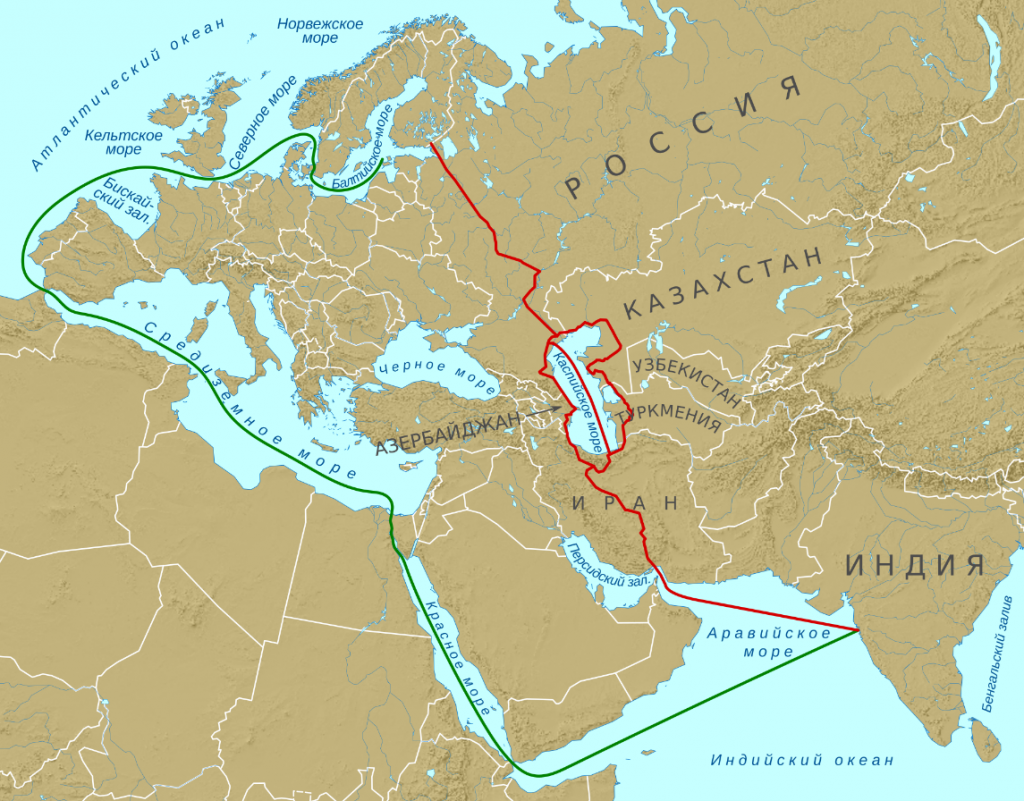Speaking at the 6th Caspian Summit, Russian President Vladimir Putin said:
“We believe that much needs to be done to improve the transport and logistics architecture of the region. First of all, we are talking about the construction of the International North-South Transport Corridor…This is a truly ambitious project, a 7,200-kilometre-long transport artery from St Petersburg to the ports of Iran and India. An agreement between the Caspian littoral states on transport cooperation, which came into force last year and aims to turn the Caspian Sea region into a major international logistics hub, is designed to facilitate a faster launch of this corridor. And I see how actively this is developing in Kazakhstan and Azerbaijan. Russia also needs to make a stronger effort in this direction. I would like to inform you that Russia has adopted and is implementing the Strategy for the Development of National Ports in the Caspian Sea, as well as their rail and road approaches until 2030. We are expanding the appropriate infrastructure in the Caspian Sea. We are focusing on the ports of Astrakhan, Olya and Makhachkala.” (https://en.kremlin.ru/events/president/transcripts)
Improving the parameters of the Volga-Caspian Shipping Canal (VVSC) also contributes to the development of ITC cargo transit. The scope of maintenance dredging on the VVSC has been increased to secure the project. Under construction are the “Caspiy” logistics complex in the port of Olya (handling containerised cargo, general cargo, liquid food in tanks and grain) and a grain terminal in the port of Makhachkala.

This is not the first agreement with the Iranian Mostazafan Foundation, but cooperation has now materialised. The foundation is ready to invest in port infrastructure and equipment, to participate in organising the transit of goods through Iran from Astrakhan to Mumbai and back, in removing administrative barriers, trade and marketing. To this end, the Iranian side is ready to join with Russian partners in setting up joint ventures and companies in Russia and Iran or, if necessary, in other countries, for example in India. First and foremost, the focus is on the special economic port-type zone in the Astrakhan region. The creation of a joint Russian-Iranian free economic zone and the organisation of financial exchanges on the territories of the SEZ port in the Astrakhan region and the Anzali FEZ in Iran are also being considered. In addition to the insufficient infrastructure in Iran, there are other problems, including those on the Russian side. Problems related to the imperfect regulatory framework, infrastructure bottlenecks and insufficient number of ships have not yet been resolved. However, it is particularly advantageous for Russia today to transform the North-South ITC into a large-scale transport corridor with a well-developed infrastructure. We expect increased investment in infrastructure development and increased cargo flow on the route.